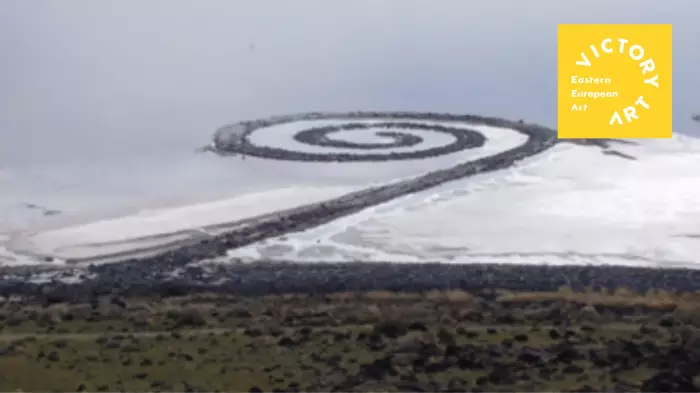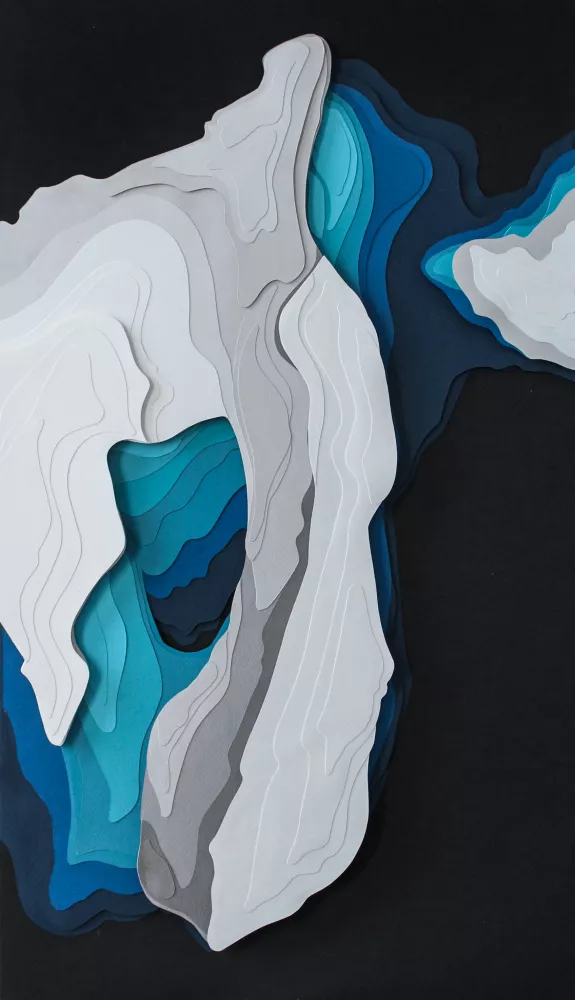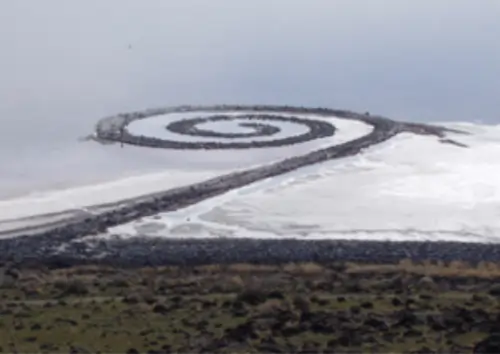MUST READ ART BLOGS
Art about environmental issues

This article explores Environmental Art, which combines nature, socio-political themes, and sustainability. It highlights the historical connection between art and nature and mentions artists like Zita David and the Land art movement.
Art for the Environment
The representation of the environment in art
Art that tackles environmental challenges has been steadily gaining momentum in the contemporary art scene. Green art, encompassing green paintings, sustainable art, and green artwork, empowers artists to champion the fight against climate change and advocate for our planet's well-being.
This movement falls under the umbrella of environmental art. This broad category encompasses diverse practices like Land art, sustainable art, and Earthwork art. While it might seem like a recent development, the connection between art and nature has existed for millennia.
When did environmental art start?
Our ancestors created cave paintings very long ago – in the Paleolithic era. They captured many aspects of nature, such as animals and human figures. Later, the genre of landscapes was introduced – ancient Greeks and Romans decorated their walls with images of nature and garden. During prehistoric times, landscapes were highly popular in Asia, but not very appreciated in Europe until the Dutch baroque movement.
After that, landscapes, and art about nature in general, have become highly fashionable and were often created by world’s most renowned artists – John Constable, Vincent Van Gogh, or Claude Monet.
Artist Advocacy for the Environment
How do artists take part in environmental art?
Nowadays, environmental art focuses on the fusion of nature with socio-political and scientific matters portrayed in art. Often, artists incorporate natural themes or even environments to convey ideas about environmental issues. Another term for this movement is ecological art. It aims to stimulate dialog and evoke change in human behavior and thought towards our planet.
Ecological art includes practices such as: green artworks that address environmental problems and issues through images, projects that engage people and activate change in thoughts or even public policies.
Examples of this art could include Zita David, a Hungarian artist creating paintings about the issues our planet struggles with.
1. @zitadavid – “Foliage”
2. Ice Shield Set Of Two by Naďa Kučerová

There are as well other subcategories of environmental art, such as Land art or Earth art. It’s an art movement that emerged in the 1960s and 70s in Great Britain and United States. It expands the boundaries of art by including the environment and land as its materials, e.g. the soil, rocks, water, etc.
It was inspired mostly by minimal or conceptual art and it protested the commercialization of the arts in US. It was often unattainable by most people; thus, artists documented their works using photographs and maps, which were later exhibited in museums and galleries.
The most known land artist was Robert Smithson, who provided the critical framework for the movement. His most famous work is probably the Spiral Jetty (1970) – a long spiral-shape structure projecting from land into water made out of rocks, earth, and algae.

Spiral Jetty from atop Rozel Point by Robert Smithson, 2005/wikimedia
CHECK OUT OUR BEST BLOGS

.webp)

.webp)
.webp)
.webp)
.webp)
.webp)








.jpg)